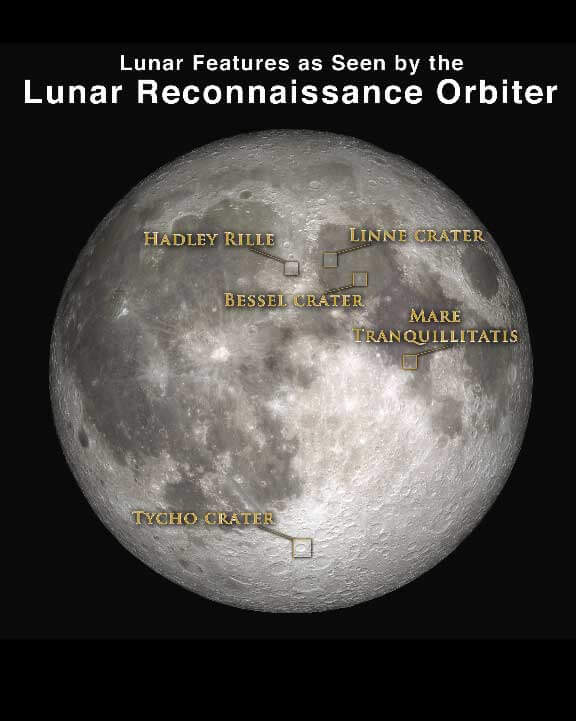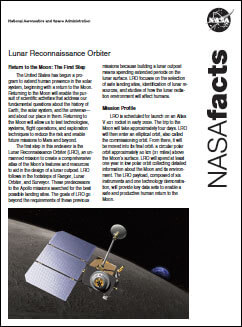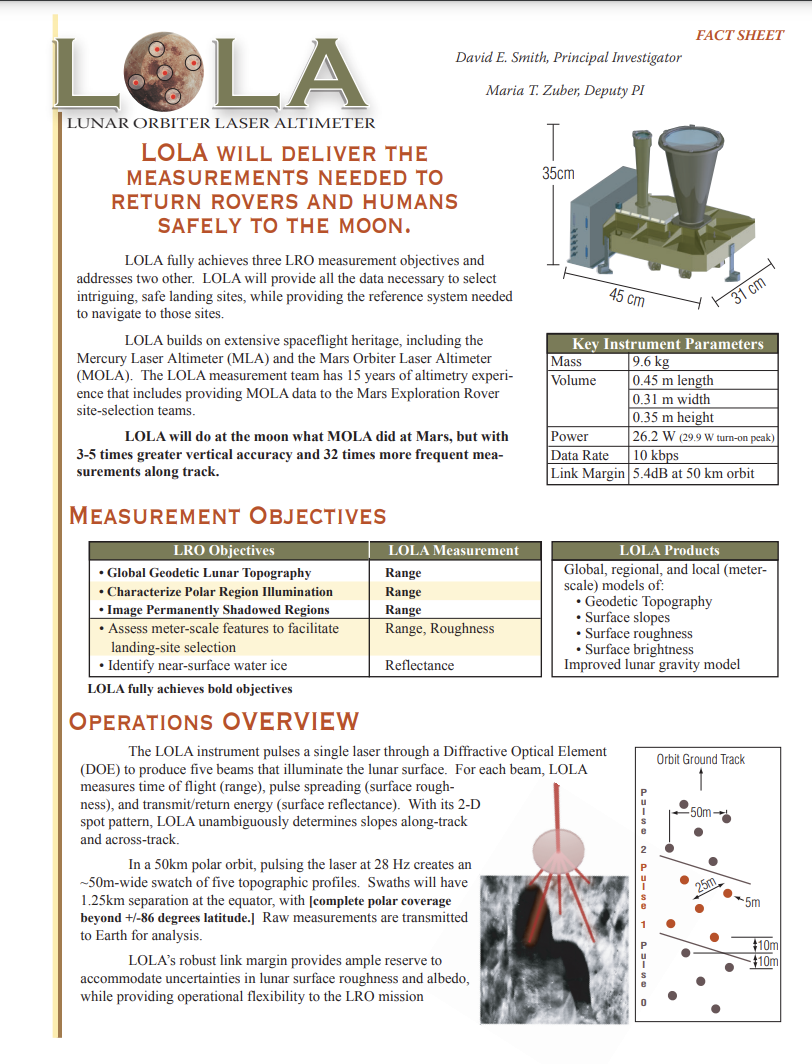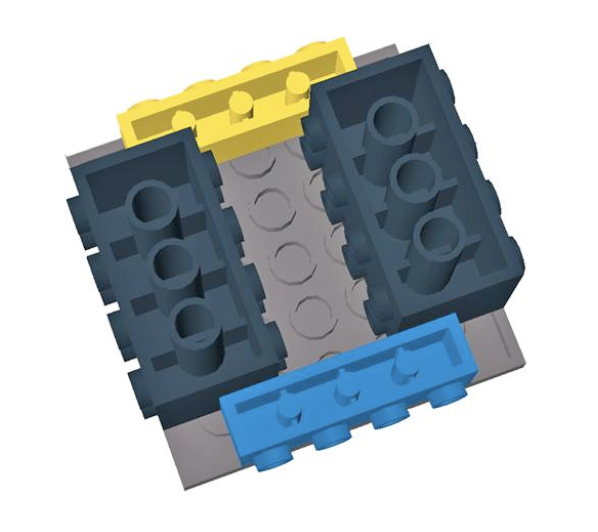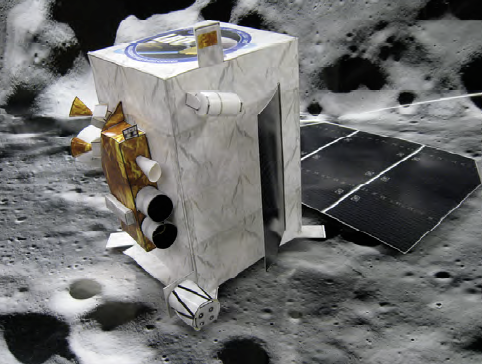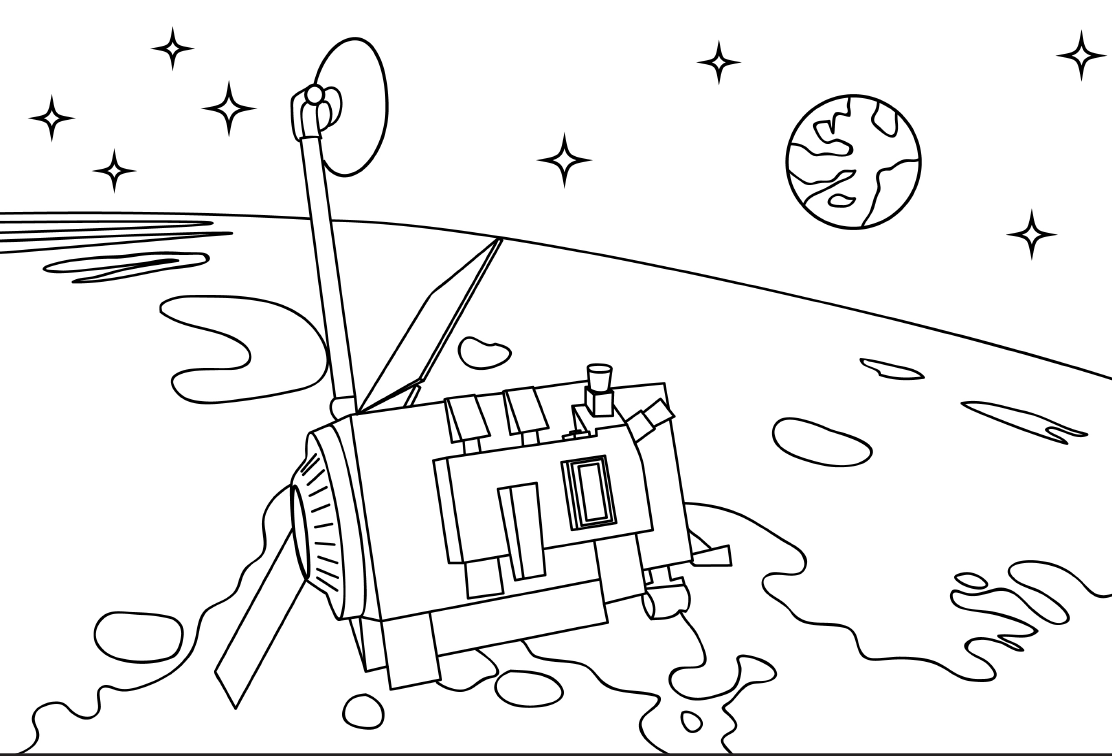Print and Share
LRO Educational Outreach Materials
Lithographs
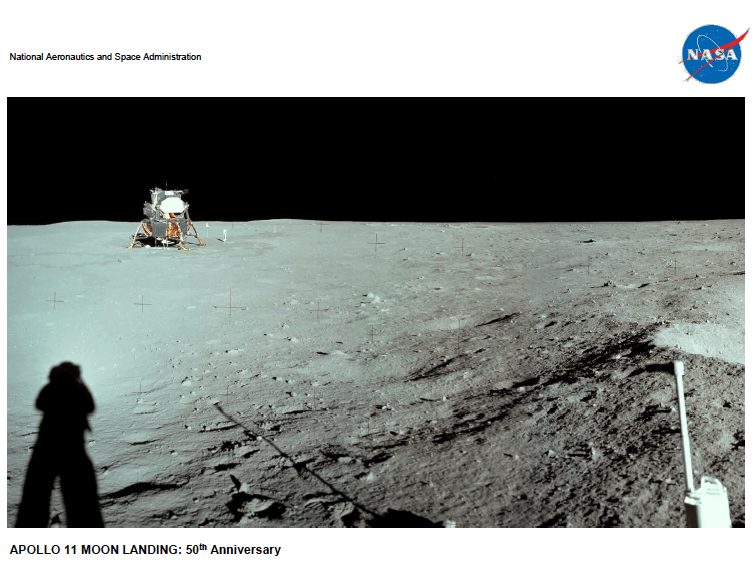
Legacy of the Apollo 11 Moon Landing
Looking Back Fifty Years : When Neil Armstrong, Buzz Aldrin, and Michael Collins first embarked on their journey to the Moon on July 16, 1969, no human had ever set foot on another celestial body. Apollo 11 was a landmark step in our exploration of the Moon.
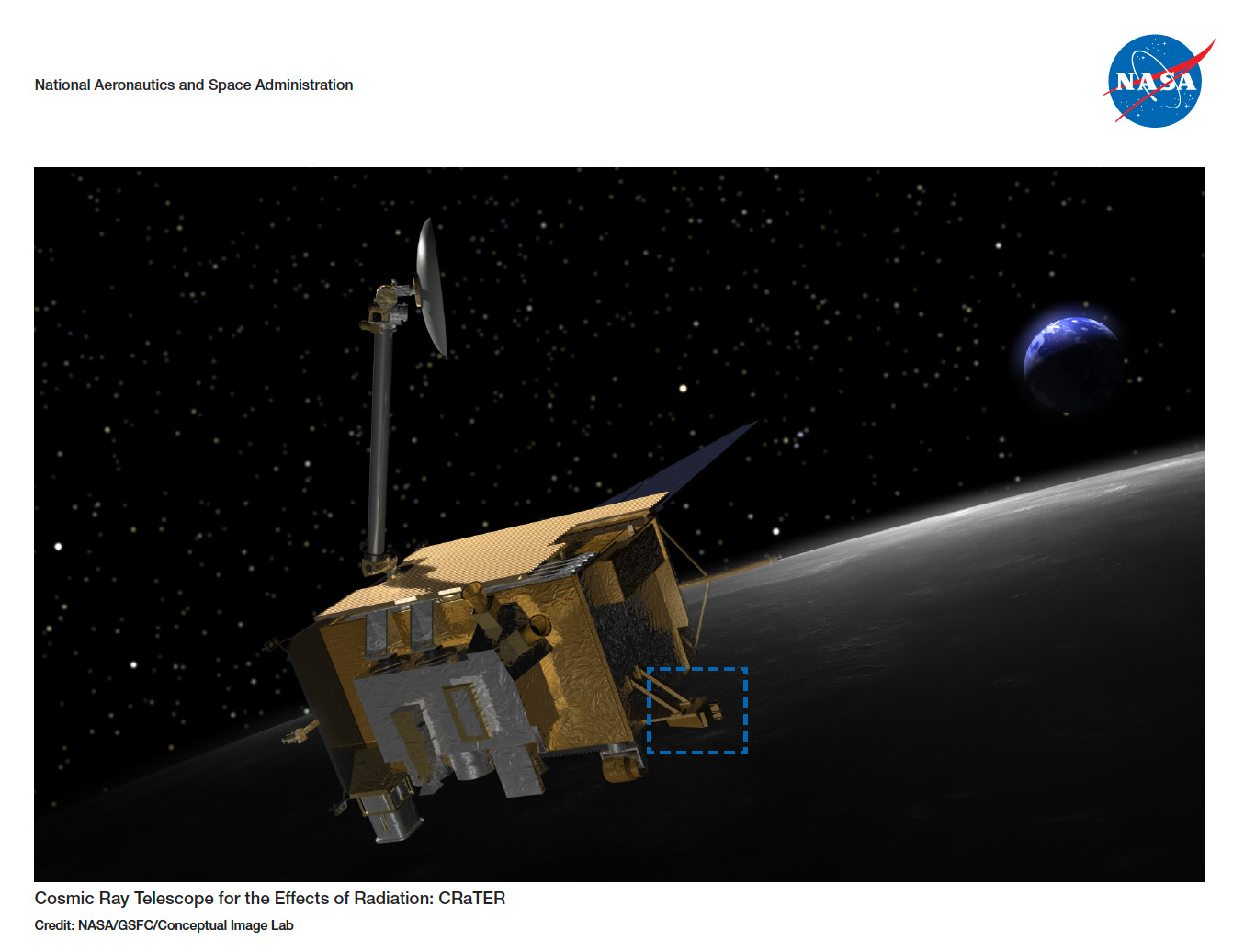
LRO’s CRaTER Instrument
One of LRO’s seven instruments is called CRaTER: the Cosmic Ray Telescope for the Effects of Radiation. CRaTER data helps us understand both how space radiation may affect humans going to the Moon and how space radiation affects the Moon itself.
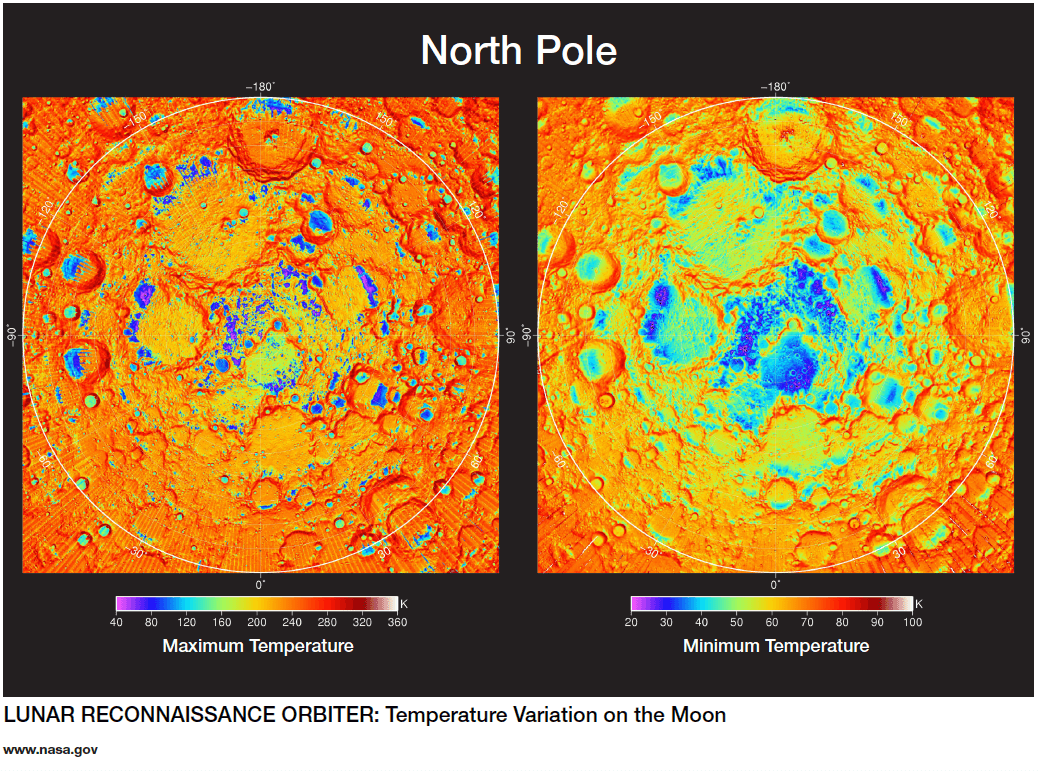
Temperature Variation on the Moon
The Diviner Lunar Radiometer instrument onboard the Lunar Reconnaissance Orbiter (LRO) has been mapping the temperature of the Moon since its launch in 2009.
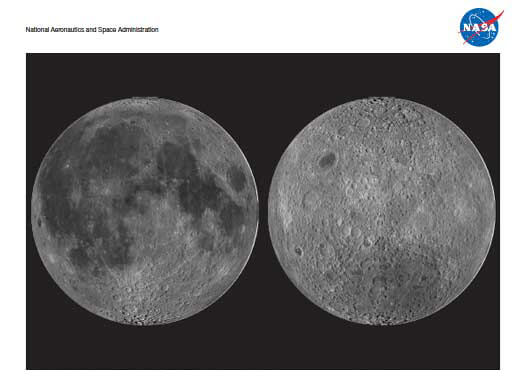
Seeing the Moon
A picture is worth much more than a thousand words. Although scientists rely on a great variety of instruments to gather data about the Moon, detailed photographs remain one of the dominant sources of information.
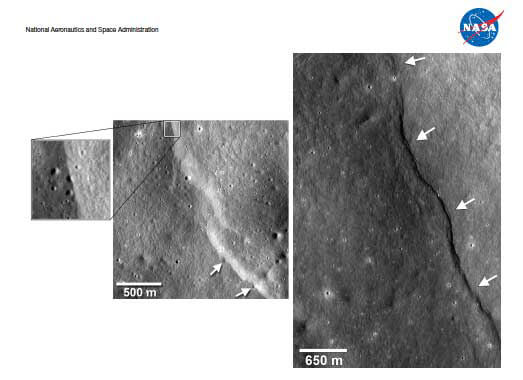
The Shrinking Moon
The Moon started off hot, but where did the heat come from? Scientists look for scarps, steep slopes on the surface of the Moon's crust, as an indicator of its cooling history. Scientists have found hundreds of previously undetected scarps in LRO images. LROC data have shown that many of the newly discovered scarps which could be as young as 50 million years old, suggesting that the Moon continues to cool even today.
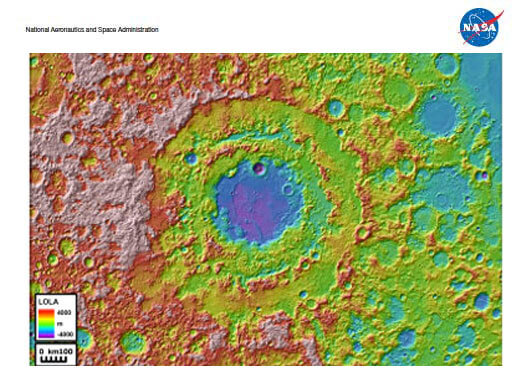
The Impact History of the Moon
Meteor impacts can radically alter the surface of a planet. Scientists used data from the LOLA instrument on board LRO to build a map that highlights lunar craters with greater clarity than ever before.
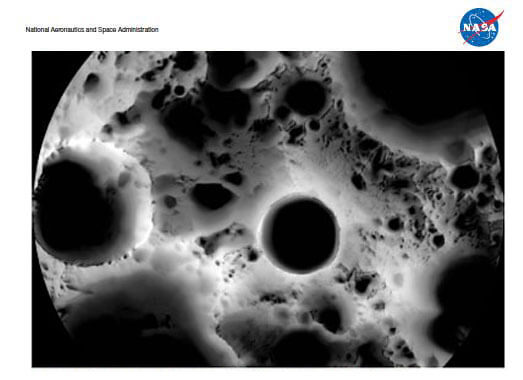
Permanently Shadowed Regions on the Moon
Data from prior lunar missions such as Lunar Prospector suggested that the Moon's polar regions may be hiding ice. One of the primary reasons the LRO was placed into a polar orbit around the Moon was to search for water near the Moon's poles. Scientists use data from several LRO instruments to piece together the story of water on the Moon
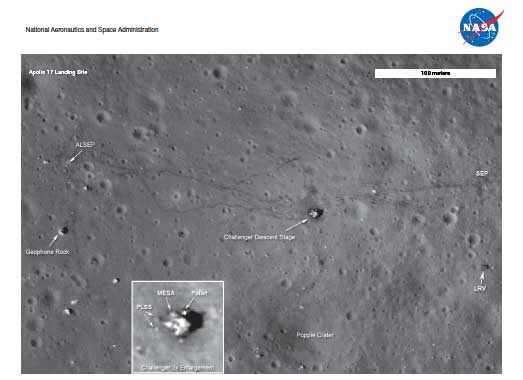
Viewing Traces of Previous Explorers
In 1972, the Apollo 17 crew set up science experiments and gathering samples of lunar rocks and regolith (soil) to bring to Earth for analysis. Forty years later, the Lunar Reconnaissance Orbiter Camera (LROC) imaged the landing site with enough detail to see the tracks of the rover and footprints the astronauts left behind!
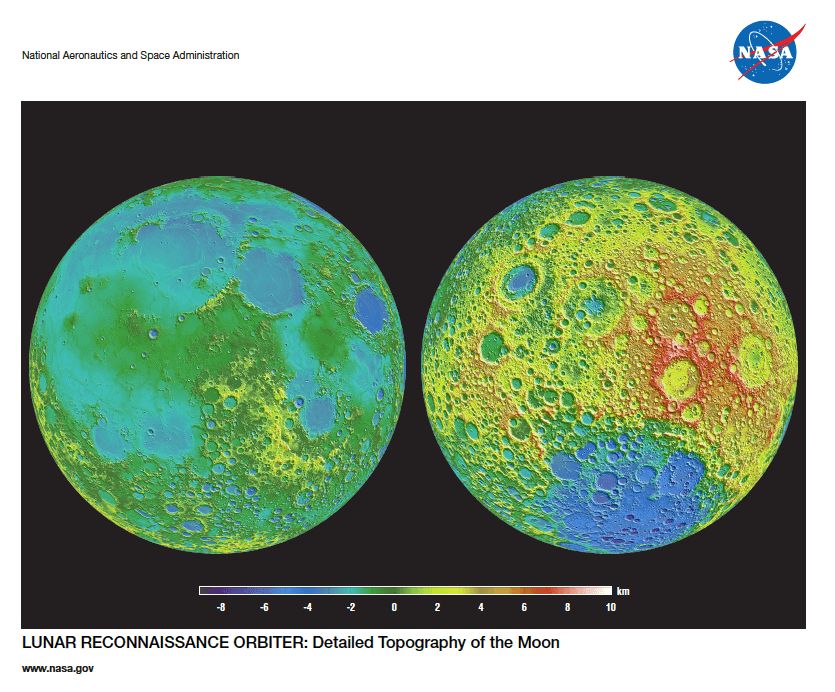
Detailed Topography of the Moon
The shape of a planetary surface tells scientists a lot about how that surface formed and changed over time.
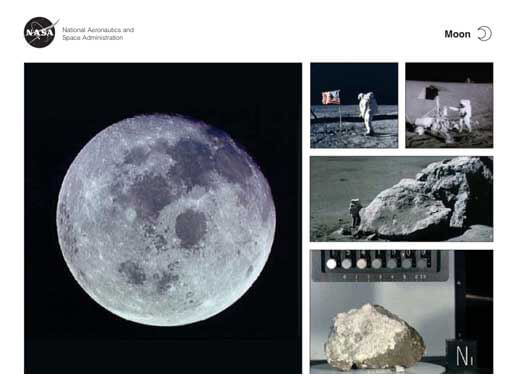
The Moon
These lithograph images show the face of the Moon taken by Apollo 11 astronauts. Astronauts Edwin Aldrin, Pete Conrad and Harrison Schmitt are shown in other photographs on missions to the lunar surface.
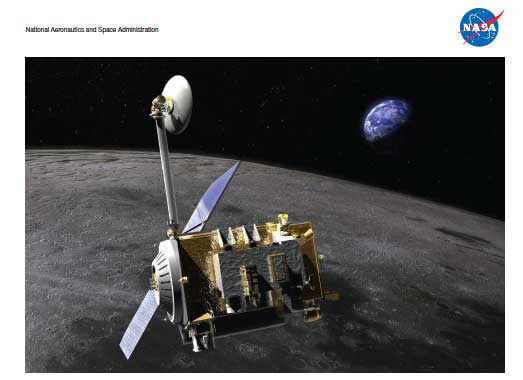
Mapping the Moon for future generations
With the Lunar Reconnaissance Orbiter (LRO), NASA has returned to the Moon, enabling new discoveries and bringing the Moon back into the public eye.
Posters
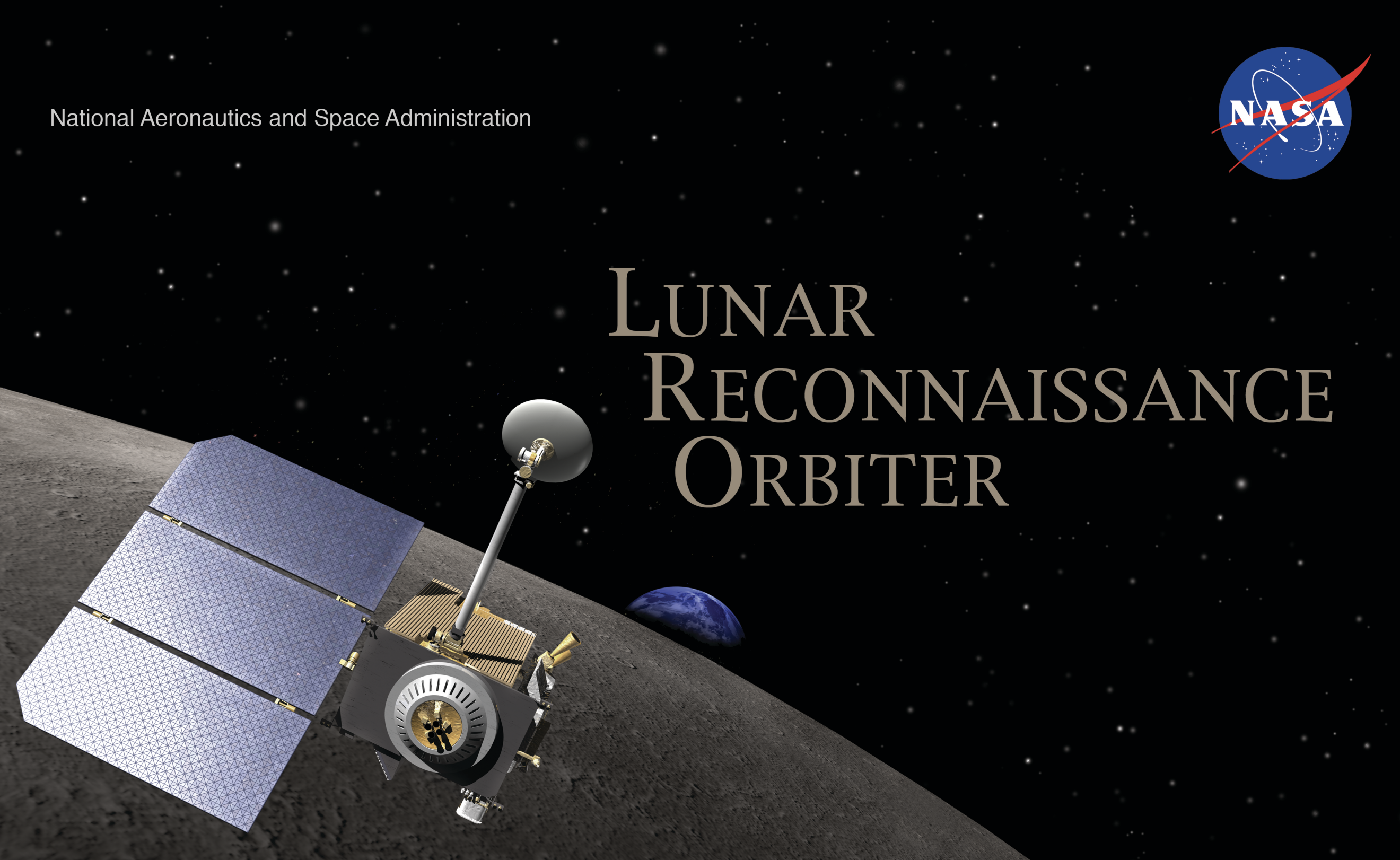
LRO poster

LRO poster
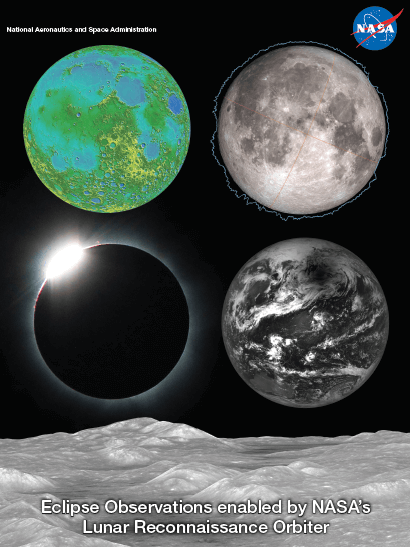
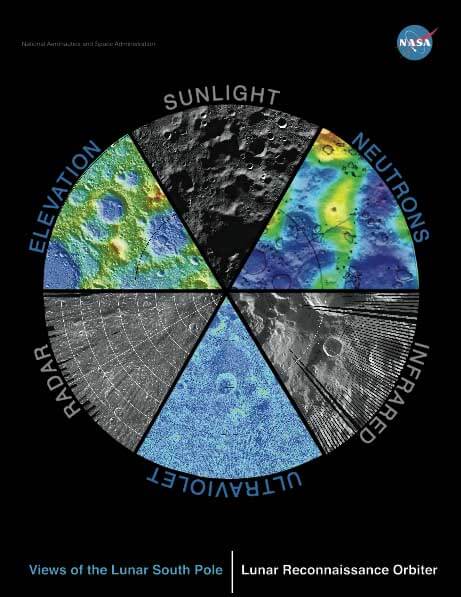
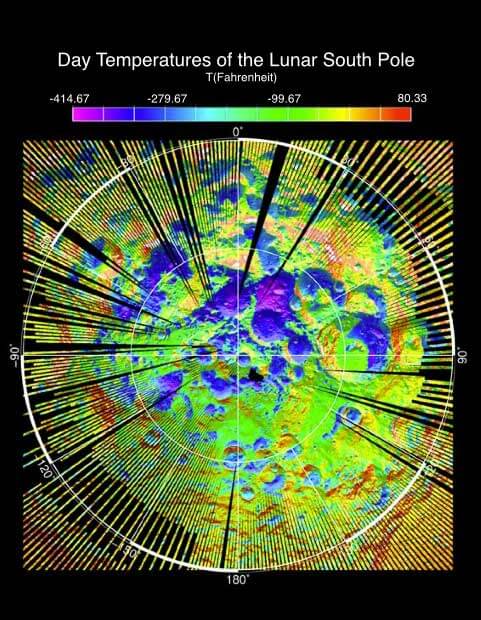
Lunar Daytime and Nighttime Temperatures
Lunar Daytime and Nighttime Temperatures as seen by Diviner on the Lunar Reconnaissance Orbiter
